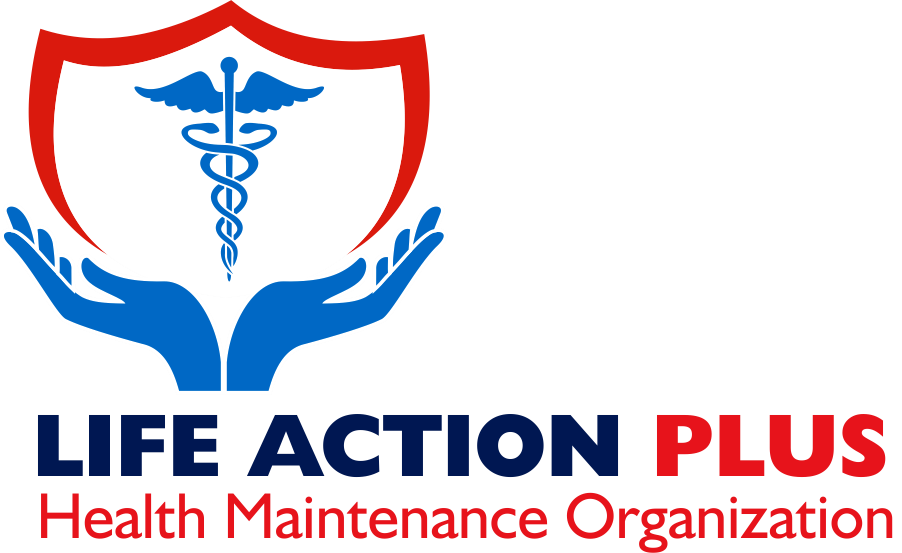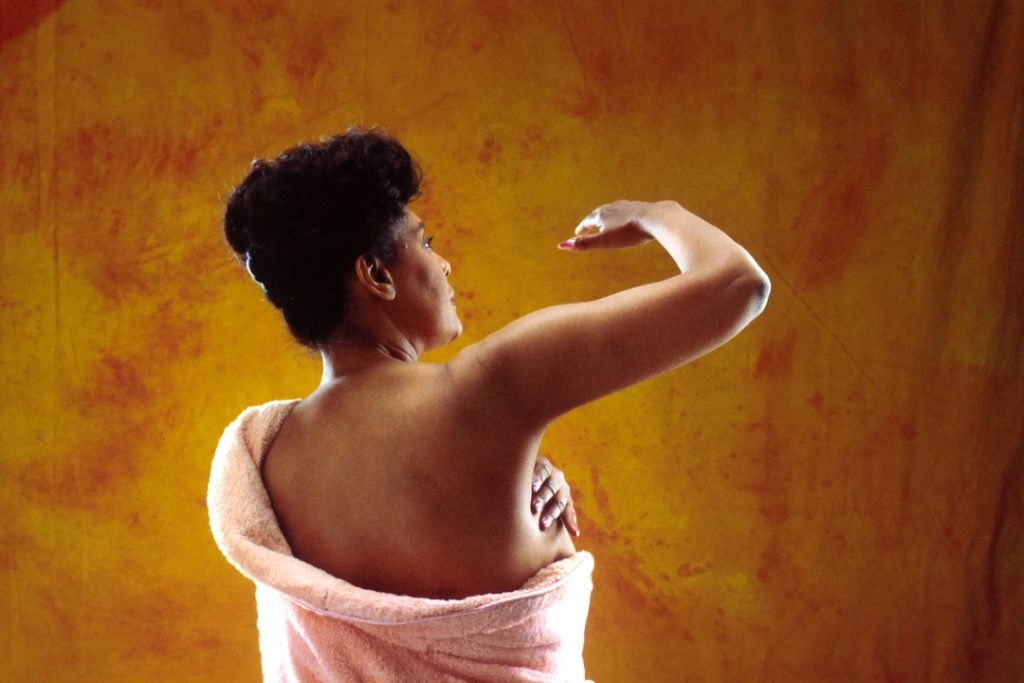The breasts are paired organs that sit directly under the skin on your chest. On the outer side of the breast is the nipple, the dark circle of skin surrounding it is called the areolar. In women, breasts are made of fatty tissue, milk producing glands, and tubes called ducts. A large network of lymph vessels and lymph nodes sits in and around the breast. Fluid from the breast drains through the lymph vessels and into the lymph nodes. If the fluids contain harmful substances, such as bacteria or viruses, immune cells inside the lymph nodes attack and destroy them.
Most of the fluid passes through the lymph nodes from under the arm then to other vessels and lymph nodes entering into the bloodstream. Most breasts cancer starts in the ducts of the breasts, but it can grow in any part of the breast. Here, cancer cells form from duct cells lining the ducts, from which they can grow and multiply to form a cancerous tumor. Overtime, the cancer cells can spread through the lymph nodes.
The following may be signs and symptoms of breast cancer. Note that these signs and symptoms are not all-inclusive:
- A small hard lump in the breast or underarm.
- Some liquid coming out of the nipple.
- Dimples in the skin of the breast.
Doctors use certain terms to describe the progression of the cancer called staging. Staging for breast cancer is complex; the following staging descriptions are meant as a general overview, and are not all-inclusive:
- Stage 0: Means abnormal cells are found, but have not spread beyond where they started to other tissues in the breast.
- Stage 1: Means a tumor smaller than 2 centimeters is within the breast tissue.
- Stage 2a: Means the breast may have cancer in the lymph nodes in the armpit, or it can be a tumor 2 centimeters or smaller with cancer in the armpit lymph nodes. Stage 2a can also be a tumor between 2 – 5 centimeters with no spread to the lymph nodes.
- Stage 2b: Means the breast may have a tumor between 2 – 5 centimeters with cancer in the armpit lymph nodes or it can be a tumor larger than 5 centimeters with no lymph nodes spread.
- Stage 3a: Means the breast may have any size tumor with cancer in the armpit lymph nodes or it can be a tumor larger than 5 centimeters with cancer in the armpit lymph nodes.
- Stage 3b: Means the tumor may be any size and cancer may have spread to the chest wall, the skin of the breast, and or lymph nodes in the armpit.
- Stage 3c: Means the breast may have no visible tumor or any size tumor with spread to the lymph nodes in the armpit, breast bone, or around the collarbone.
- Stage 4: Means the cancer has spread to distant organs.
It is almost impossible to predict the actual cause of breast cancer at this time; however, there are some things that can increase risk of the disease:
- Taking hormone replacement therapy
- Exposure to chest radiation
- A family history of breast cancer



